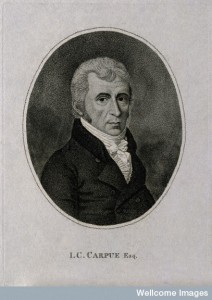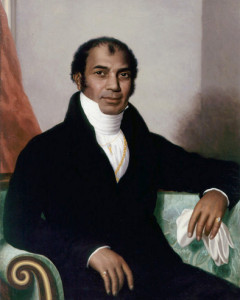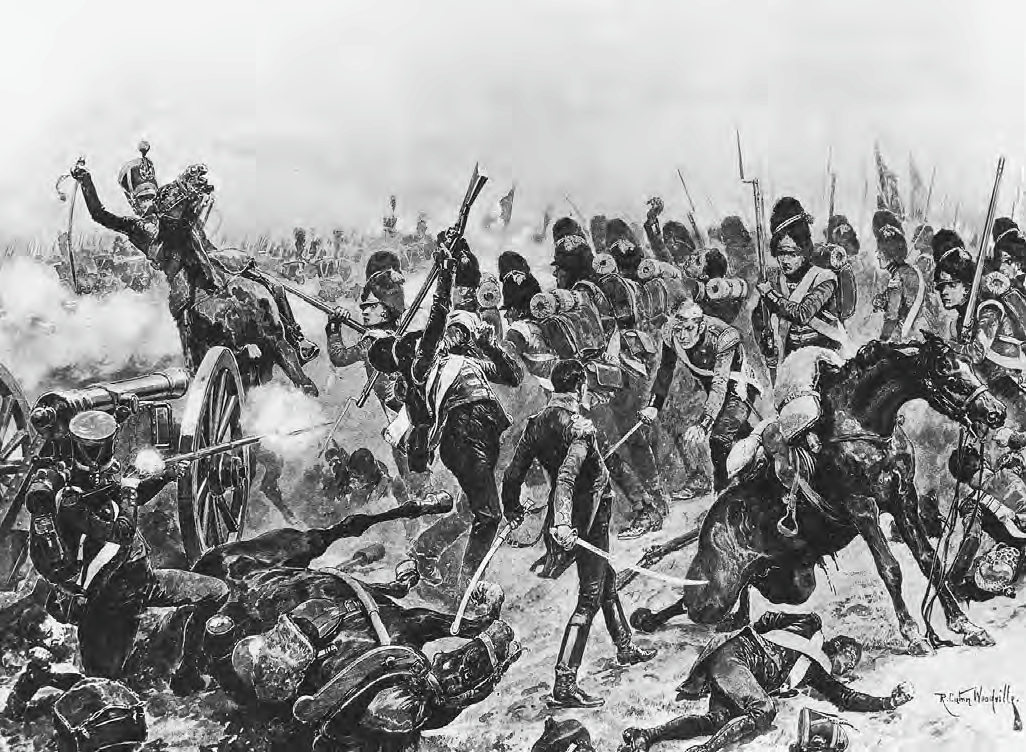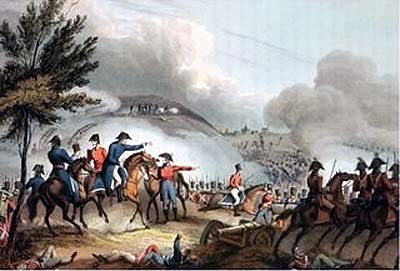[tw: rape, racism, violence]
Note: This got long, so I’ve moved all links for further reading/listening/viewing that couldn’t simply be hyperlinked in the main text to the end of the post.
Note 2: Jefferson’s party are Republicans, Hamilton and Adams’s are Federalists.
As a result I’ve been reading extensively about Alexander Hamilton, Aaron Burr, and the political scene of their era. And I noticed one name kept cropping up: James Callender. This British journalist seemed surprisingly connected to events: he leaked the first documents relating to Hamilton’s alleged insider trading (leading to the infamous “Reynolds pamphlet” in which Hamilton revealed in excruciating and excruciatingly unnecessary detail that…well, I’ll let him tell it:
“The charge against me is a connection with one James Reynolds for purposes of improper pecuniary speculation. My real crime is an amorous connection with his wife, for a considerable time with his privity and connivance, if not originally brought on by a combination between the husband and wife with the design to extort money from me”).
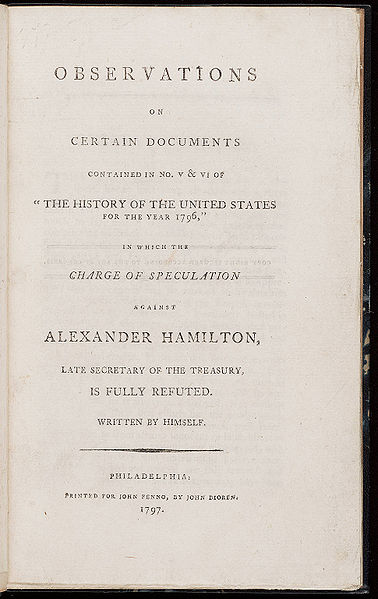
Title page of the Reynolds pamphlet, via Wikimedia Commons
Callender next appeared ruining John Adams’s bid for reelection. Callender had published, among other things, a pamphlet entitled The Prospect Before Us, in which he made statements like, “The grand object of [Adams’s] administration has been to exasperate the rage of contending parties, to calumniate and destroy every man who differs from his opinions. Mr. Adams has laboured, and with melancholy success, to break up the bonds of social affection, and, under the ruins of confidence and friendship, to extinguish the only beam of happiness that glimmers through the dark and despicable farce of life.”
Adams had him prosecuted for libel under the (deservedly) unpopular Sedition Act. Jefferson’s supporters turned the trial into a major campaign issue in the 1800 presidential election, and Callender’s conviction, instead of discrediting him, made him a famous martyr to the Republican cause. Moreover, he continued to write articles and pamphlets lambasting Adams from his Virginia jail, where the authorities were sympathetic to his plight.
Then I read this, in A Magnificent Catastrophe by Edward J. Larson:
“Ironically, Jefferson later felt Callender’s sting, when, two years after the election, the acerbic writer broke the story that Jefferson kept his slave, Sally Hemings, as a mistress. ‘Human nature in a hideous form,’ Jefferson wrote to Monroe in 1802 about Callender, whose body was found floating in Virginia’s James River a year later. An inquest ruled that Callender had drowned accidentally while bathing drunk.”
Jefferson totally had that guy killed, I thought to myself. Wouldn’t that make a great political thriller? You could open it with them fishing that guy’s body out of the river, and then cut to “Five years earlier”…
At first it was a joke. But the more I read and research, the more convinced I feel that this was exactly what happened. While all the evidence is circumstantial…well, I’ll let the facts speak for themselves: Continue Reading

